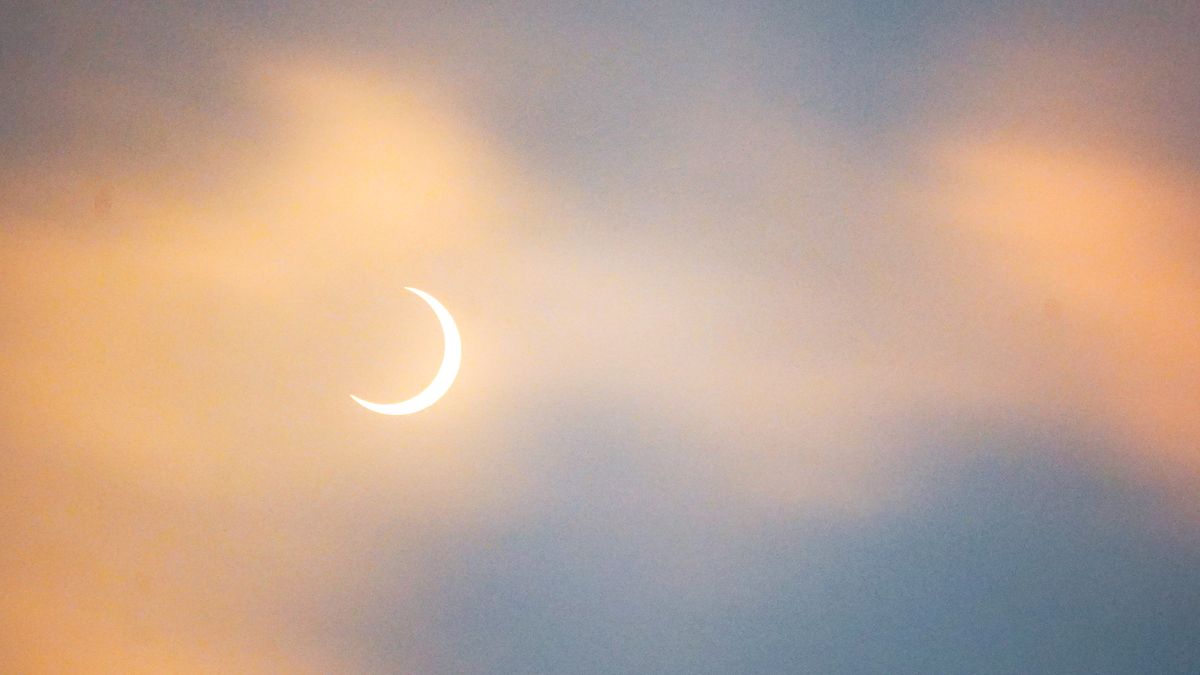With so much on offer in the way of solar viewing equipment these days — from eclipse glasses to solar telescopes — this guide features our top recommendations for making the most of the partial solar eclipse on 29 March, ensuring that you don’t fall into the many pitfalls of selecting the kit that’s right for you — whether that’s choosing the wrong product or making sure your gear is safe to view the sun with.
We wish clear skies for those in Europe, Asia, Africa, North America, South America, parts of the Atlantic and the Arctic regions in order to see this fantastic event. Enjoy the show!
Best solar eclipse glasses
Pros & cons of solar eclipse glasses
Pros
- Best for children
- Extremely budget-friendly
- Can be bought in bulk for the family
- Quick and easy to use
Cons
- Often have a “single-use” policy
- Can be dangerous if the filter is damaged
- Won’t offer magnified views of the eclipse
Best solar filters
Pros & cons of solar filters
Pros
- Can be an investment — you can use them for future solar eclipses and general solar observing, complementing night-sky observations
- Work with your optical system to enhance magnified views
- Quick and easy to use
Cons
- You’ll need a telescope or binoculars
- Can be dangerous if damaged, so need regular inspection
- Considered costly since they are limited to solar use
Best solar binoculars
Pros & cons of solar binoculars
Pros
- Much more affordable than solar telescopes
- Easy to gain clear, focused — and magnified — views of the sun
- Wide field of view that allows observers to take in a larger area of sky
Cons
- Limited to solar observing, so not ideal as a purchase for a one-off solar eclipse or extremely tight budgets
- Some solar binoculars offer dim views, washing out any solar surface detail — testing is recommended!
- Low-magnification solar binoculars make targeting difficult, and observations poor
- Higher magnification binoculars attract a higher cost, since they require a tripod for steady, comfortable views
Best solar telescopes
Pros & cons of solar telescopes
Pros
- Best option for serious solar observing after the eclipse
- High-quality optics provide detailed views of the corona, and other phenomena such as Baily’s beads
- Great for photographing detail during the eclipse
- Superb for tracking and stability
Cons
- Costly if you aren’t a dedicated solar observer
- Extremely dangerous if the telescope’s filters are damaged
- Narrow field of view means that observers will struggle to see an event that’s best observed through a wide field of view
Contributing experts
Dr. Ryan French a solar physicist, science communicator and author, currently pursuing the mysteries of the Sun at the forefront of modern solar physics research in Boulder, CO — using cutting edge telescopes on the ground and in space. In addition to his scientific work, Ryan strives to share the wonders of the Sun and space with the public, through social media, museums and observatories, and on television and radio. His first book, ‘The Sun: beginner’s guide to our local star‘, is available everywhere now.
FAQs
Why is it important to use proper equipment, even when the sun is covered?
We asked solar physicist Dr Ryan French, who told Live Science: “Any partial solar eclipse, even if blocking 99% of the Sun, is still not safe to look at directly. Although some of the Sun will be blocked by the Moon, any fraction of direct sunlight is still bright enough to damage your eyes. Although looking directly at the Sun may not blind you completely, you could permanently strain your vision, or even damage the sensitive rods in your eye (which could make your colour perception permanently desaturated). Besides, the Sun is so bright, you wouldn’t be able to see anything worthwhile from staring at it anyway — so it’s not worth trying.”
What certifications or safety standards does solar viewing equipment need to meet in order to be safe to use?
Dr Ryan French told us: “Solar viewing equipment must meet international standards to be verifiably safe to use. This is called the ISO 12312-2 standard, and should be listed somewhere in the product description. For more information on this, you can check out the dedicated webpage on the subject from the American Astronomical Society. During previous solar eclipses, there have been concerns of unsafe, knock-off eclipse glasses entering the market.”
Can I view the solar eclipse with my sunglasses?
No, sunglasses are not strong enough to view a solar eclipse safely.
Will I be able to see the March 29 solar eclipse in my state?
The partial solar eclipse on March 29, 2025, will be most visible the more northeast you go in the USA — thirteen US states will be able to view it.
